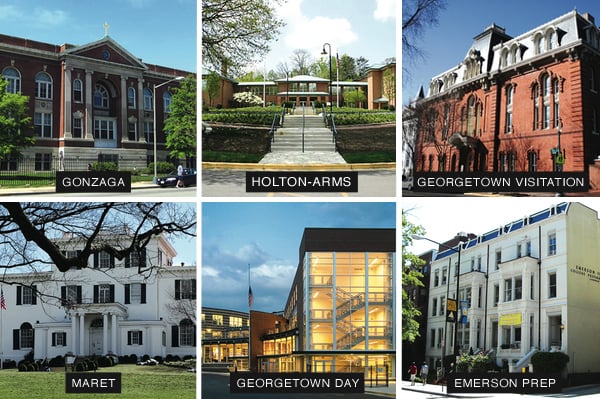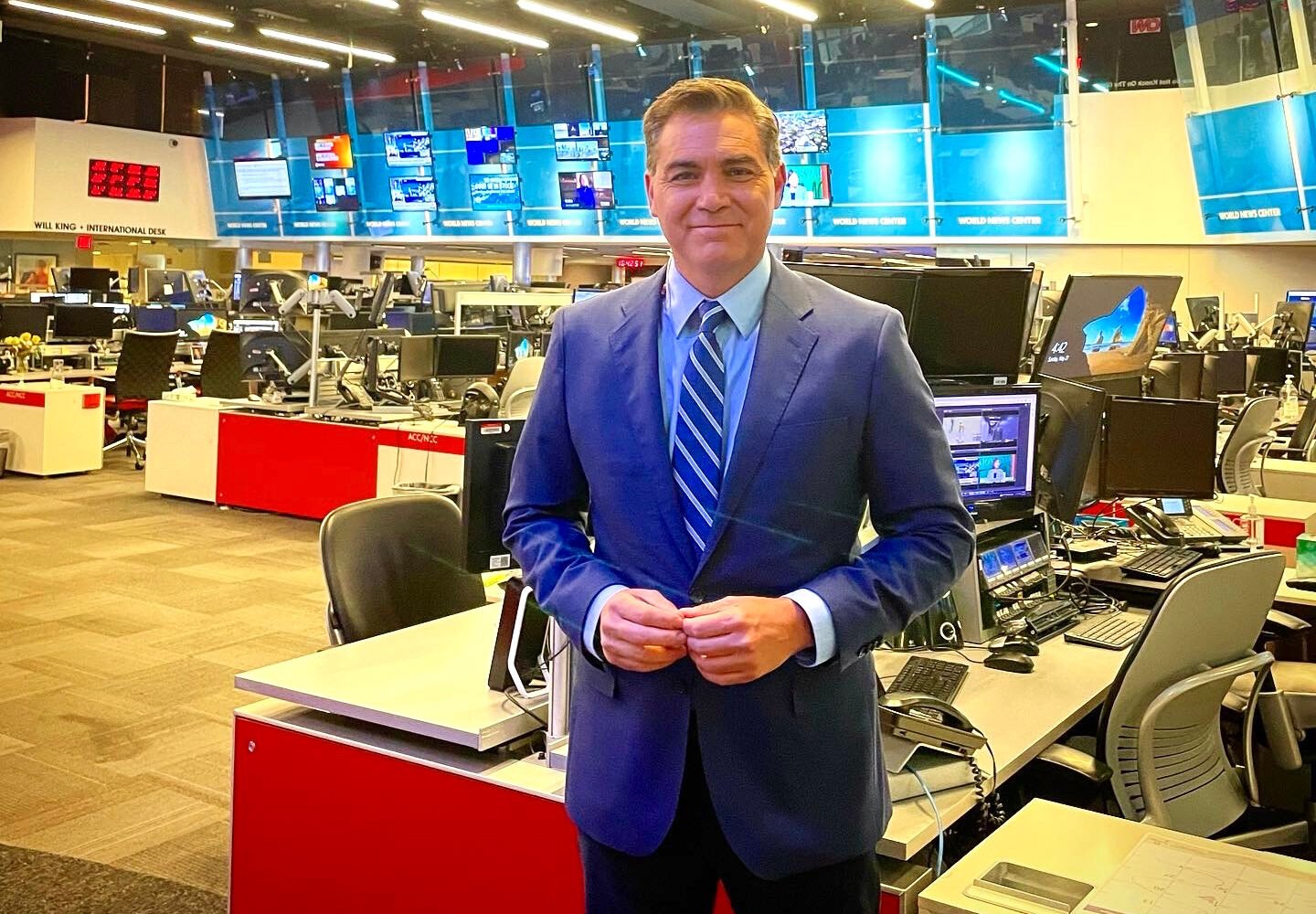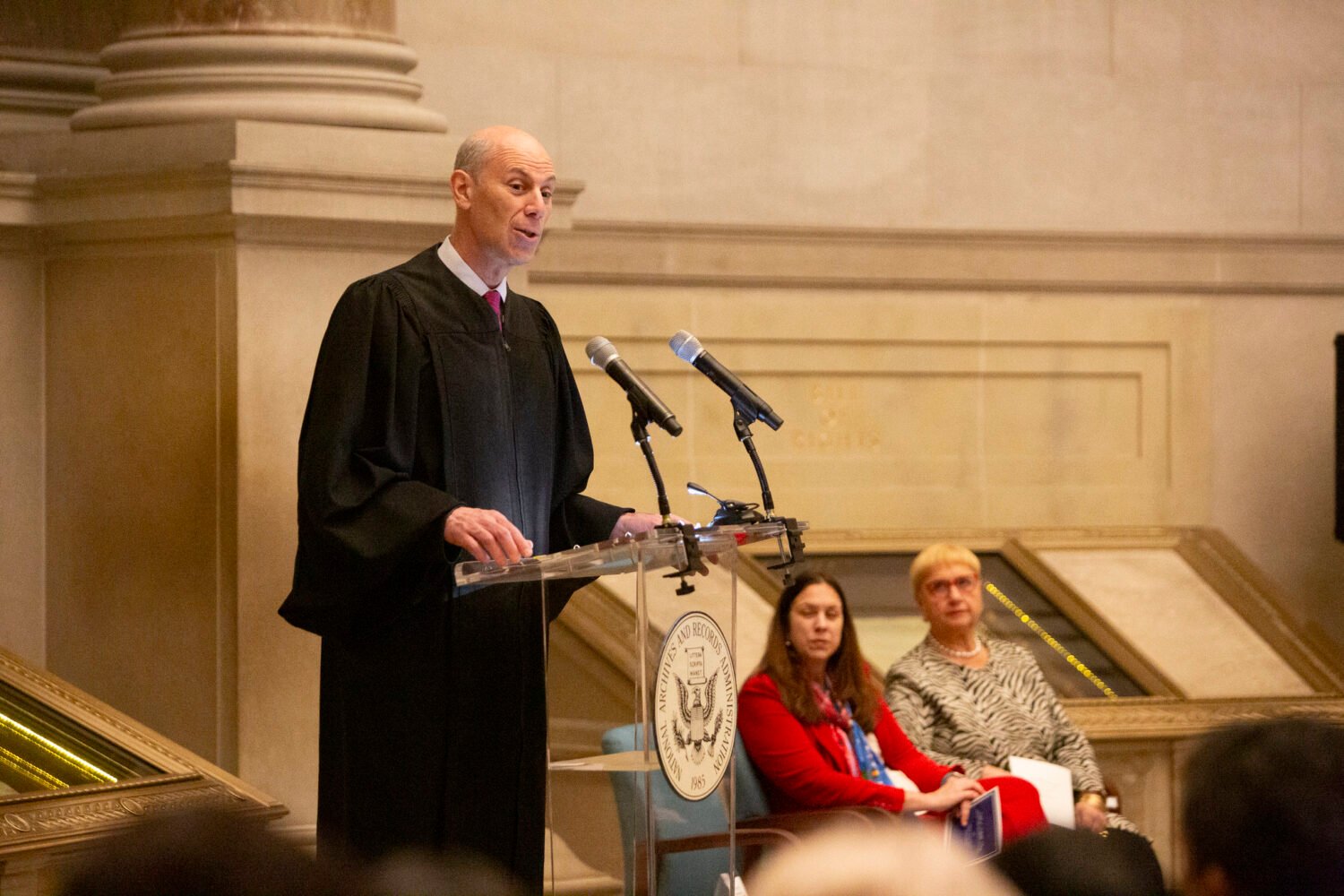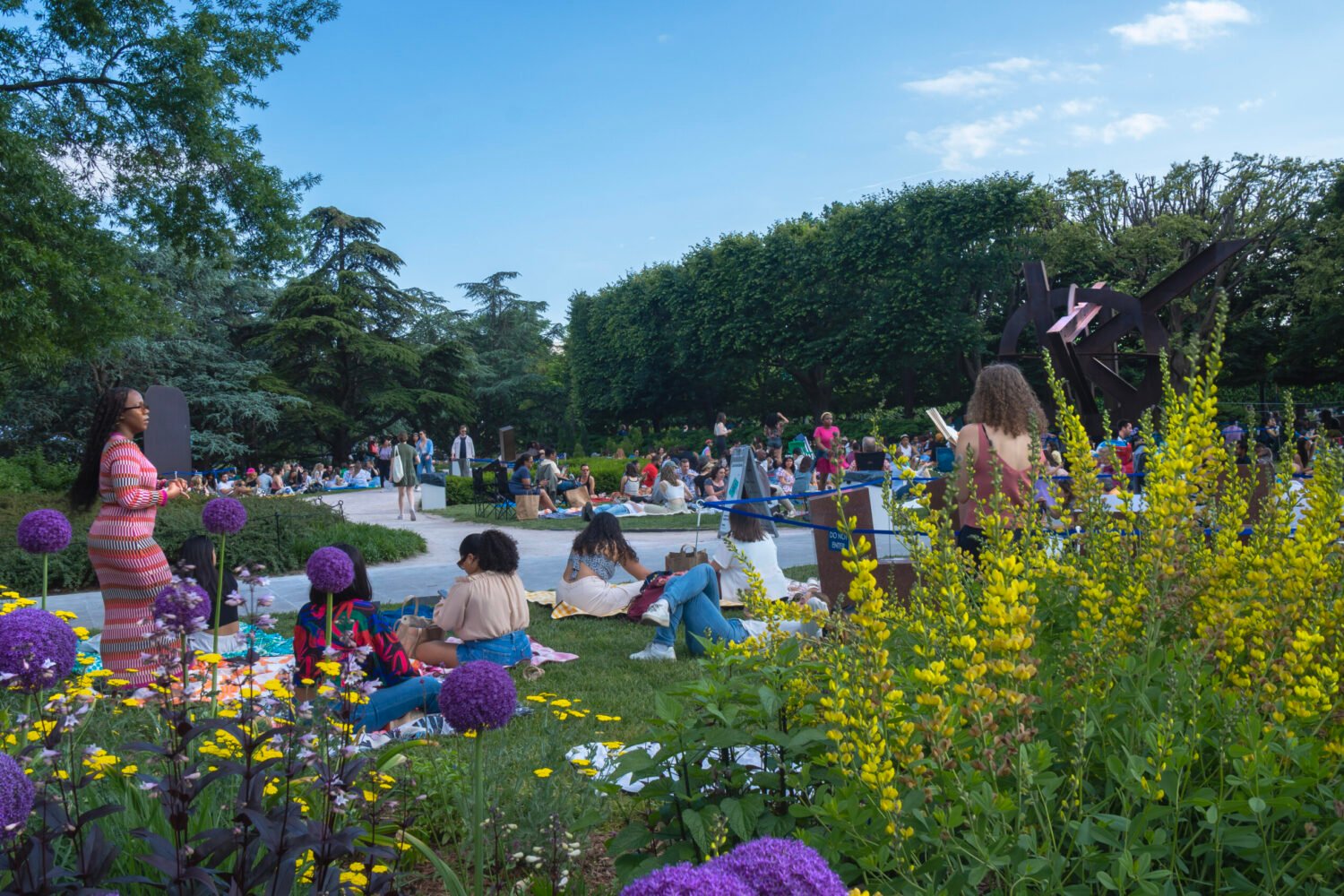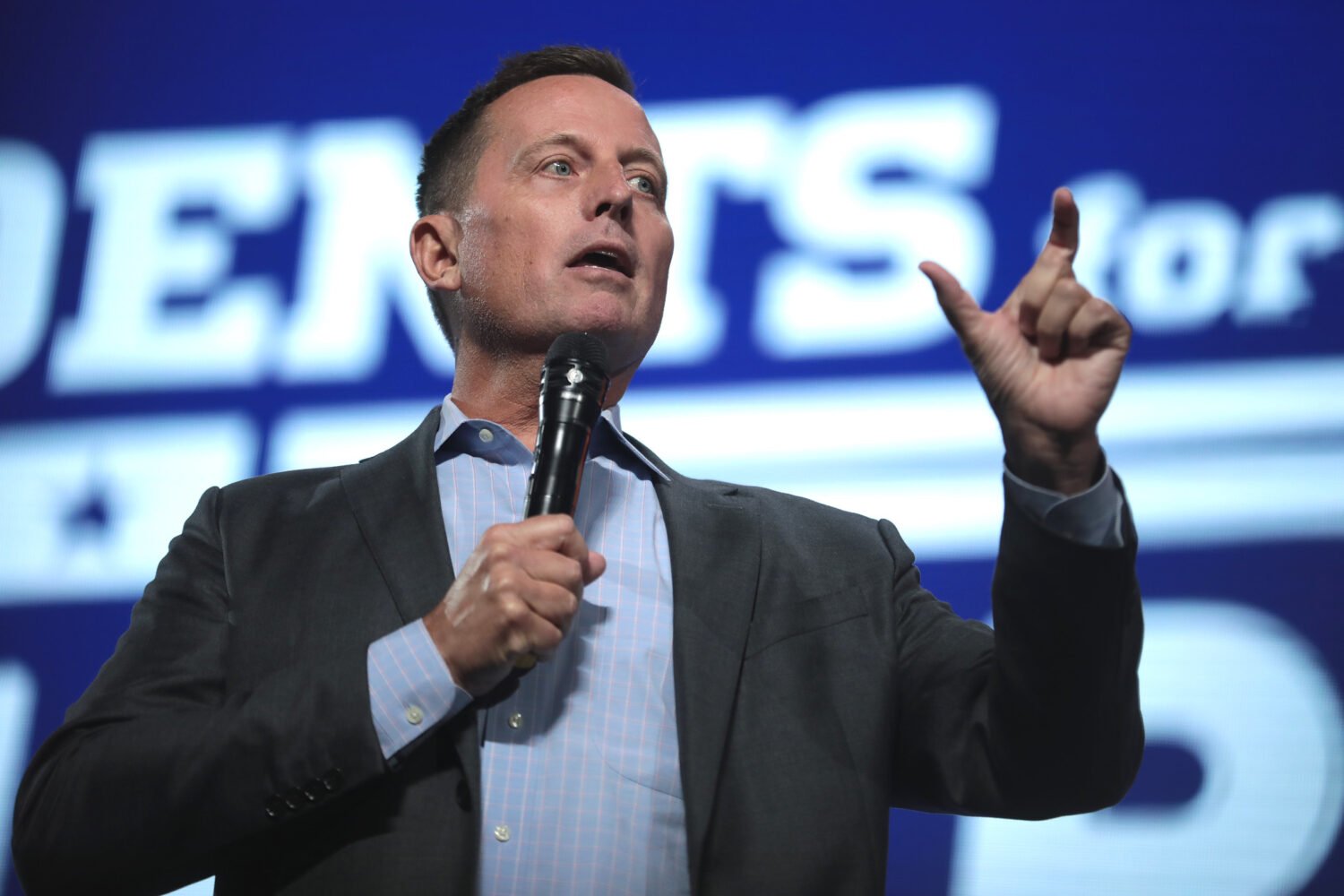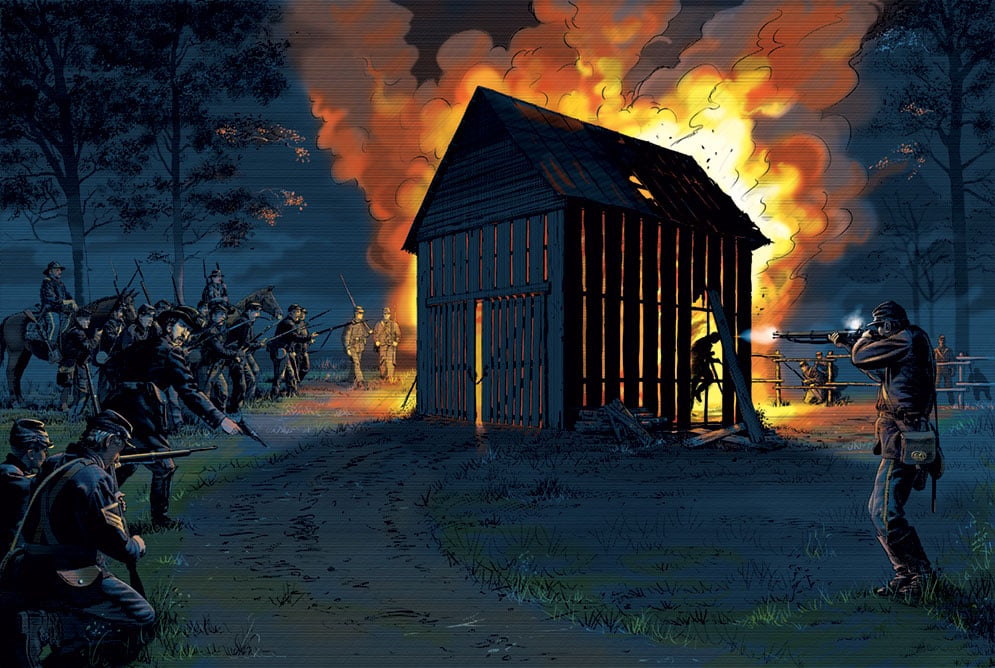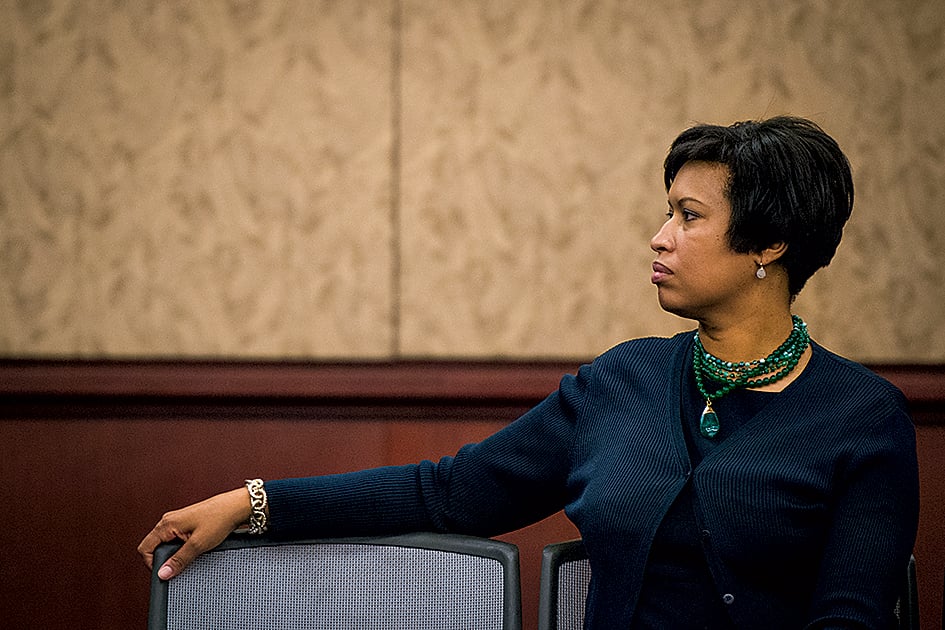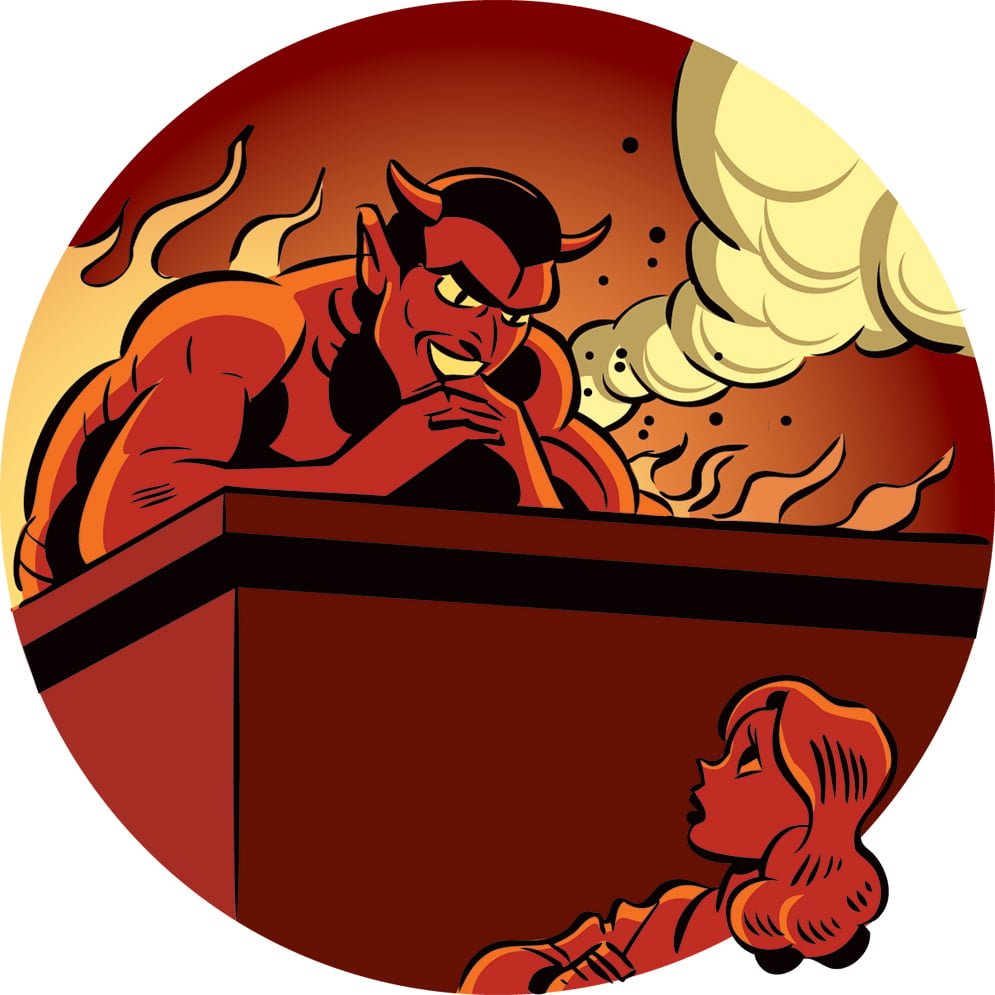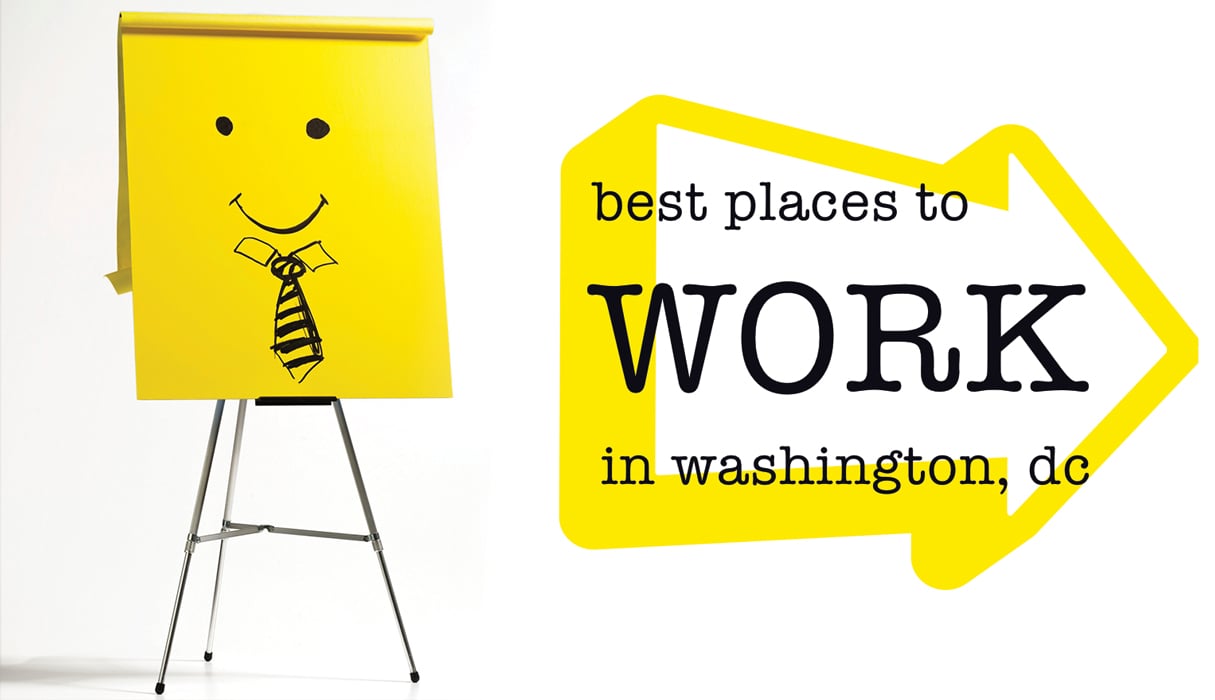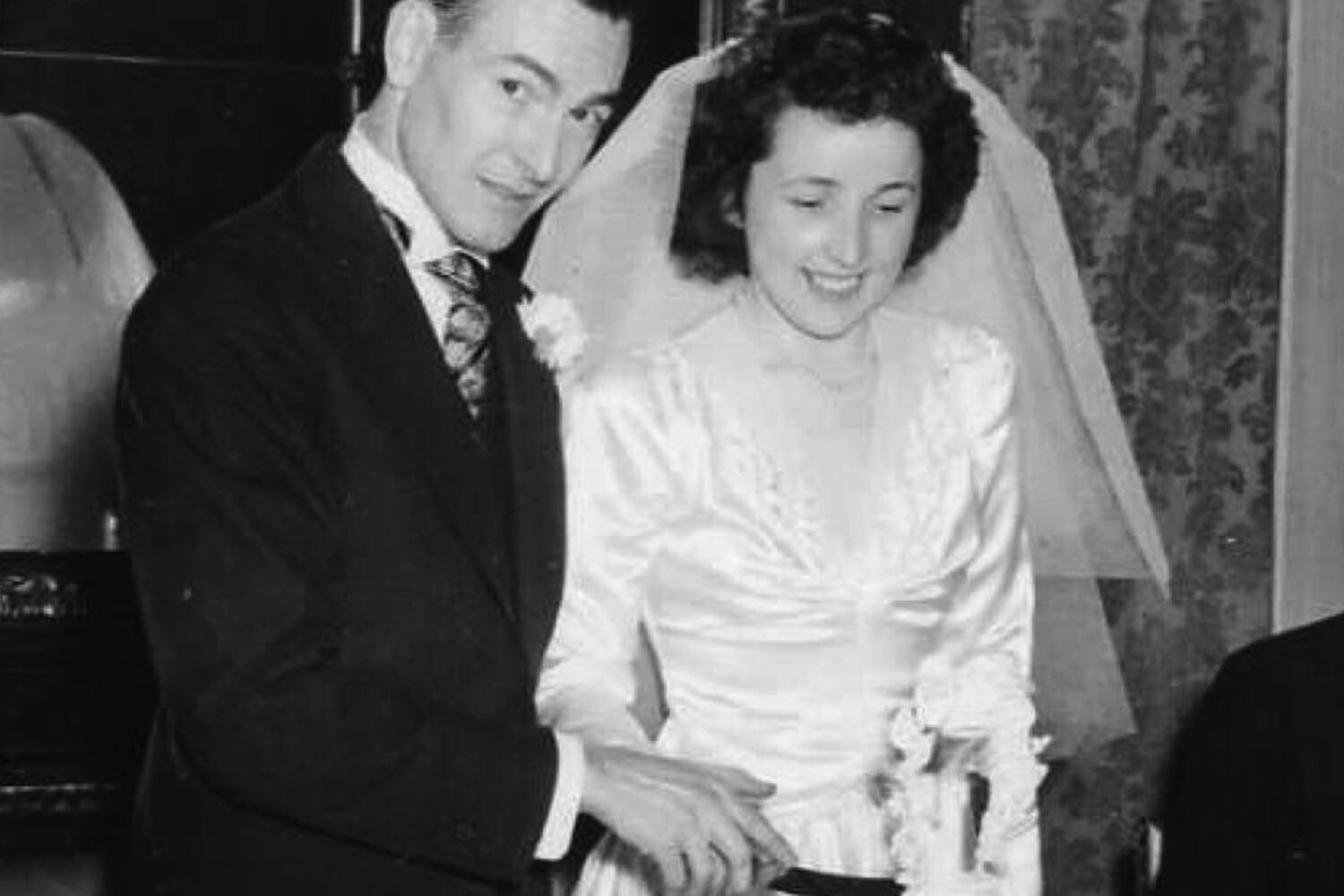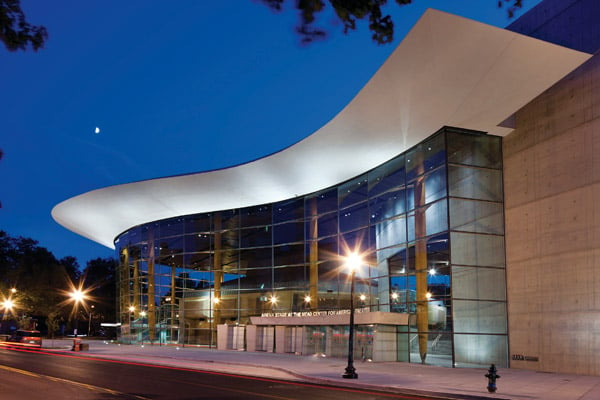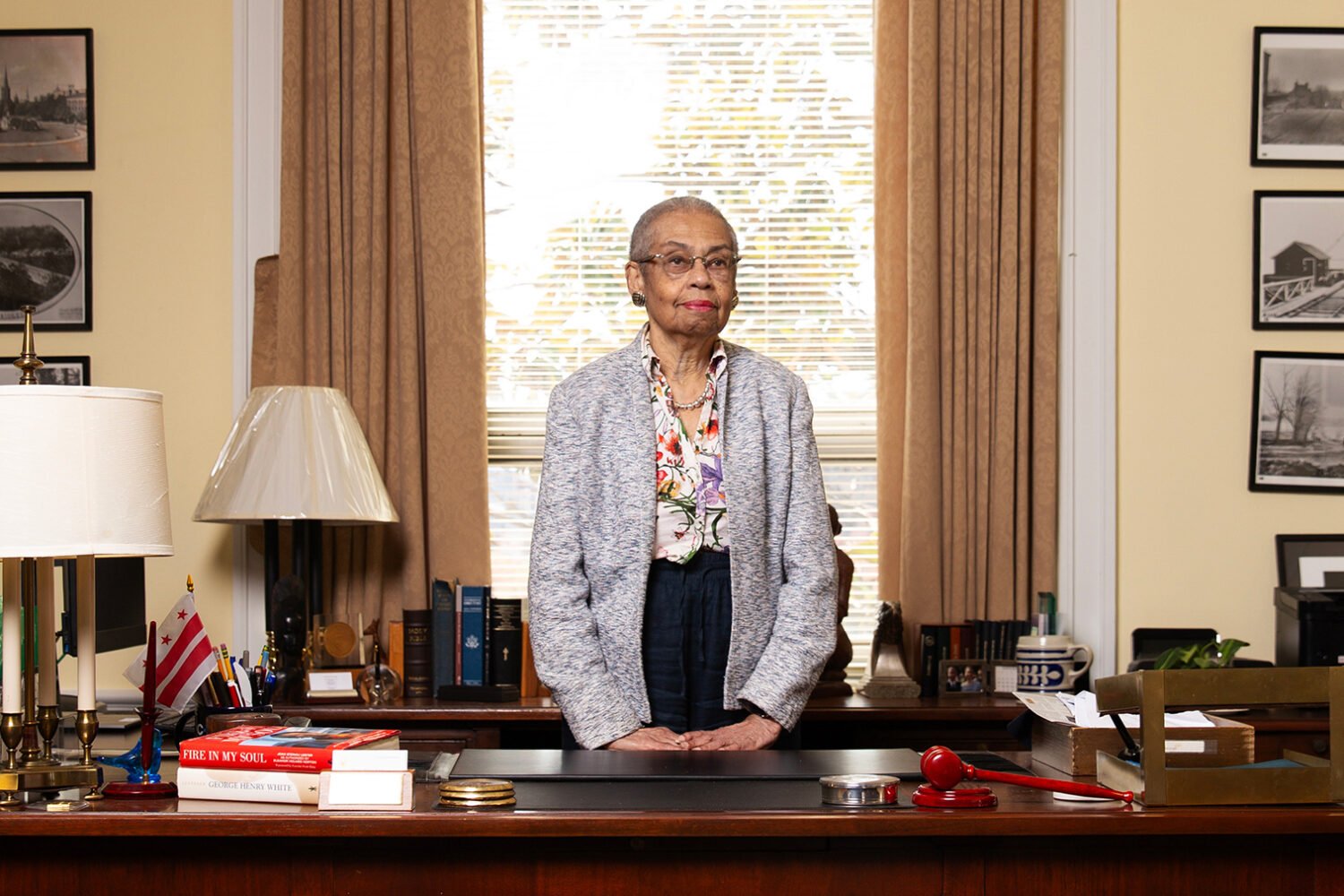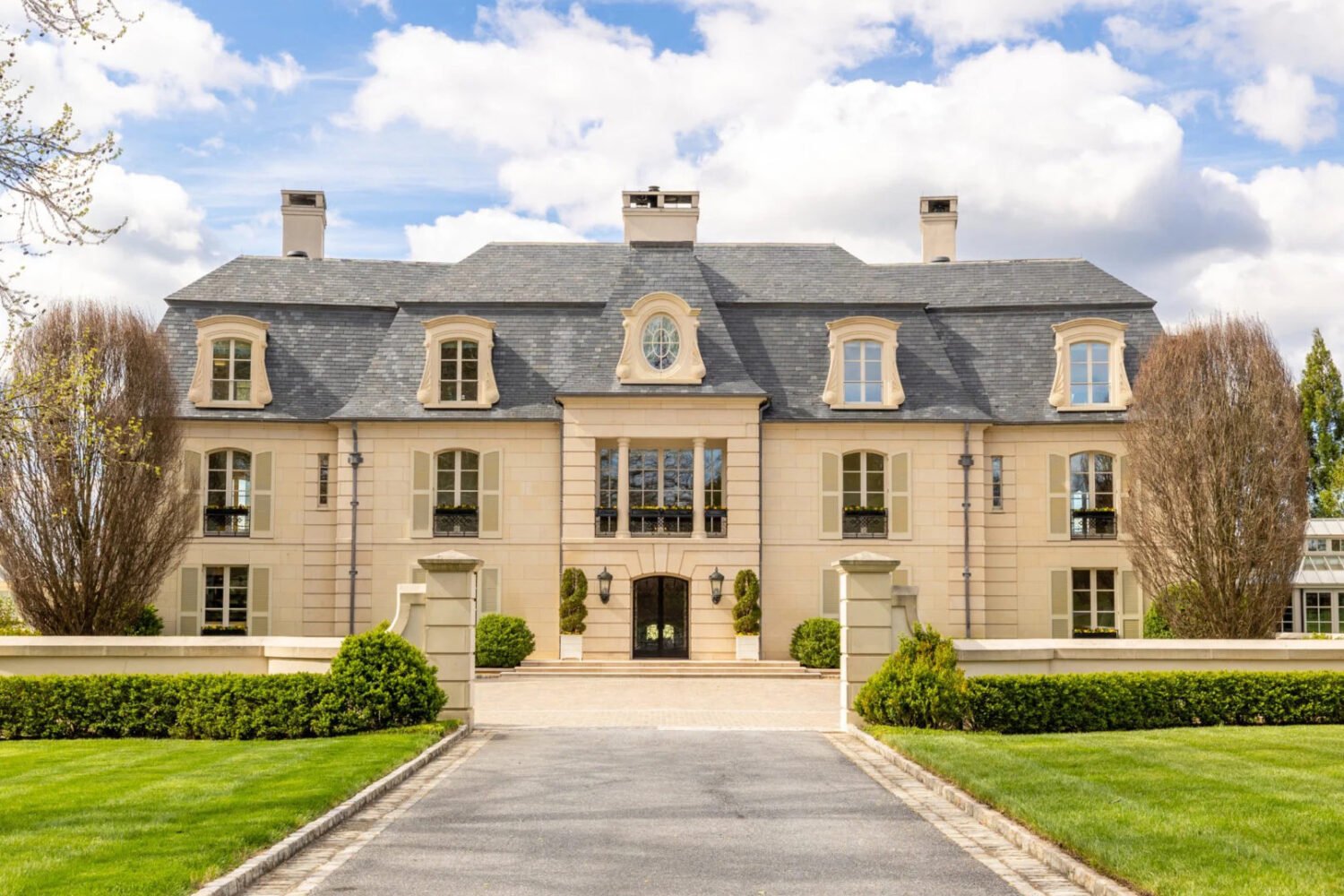Pick Your School:
Washington has more than 100 private high schools, each with its own strengths and culture. If you’re looking for a school that offers Mandarin, gospel choir, zoology, or yoga, you can find it here. But while there are many choices, picking the right school for your child can be daunting.
Experts say parents shouldn’t worry about which school is “best.” Instead it’s a matter of finding a good match—an environment in which your child will feel comfortable, programs that will challenge and inspire him or her, and extra support if needed.
We asked nine educational consultants—who help parents choose schools and offer other services—to tell us which schools deserve top marks in a variety of areas. They know the landscape; many worked in private schools before becoming consultants, and they regularly visit schools and talk with parents and students about their experiences.
Just because a school isn’t mentioned here doesn’t mean you shouldn’t consider it—there are many other excellent options. And you should visit schools and talk to faculty and staff to judge for yourself, keeping your child’s individual needs front and center.
Academic All-Stars
Sidwell Friends School
Every consultant we spoke with cited Sidwell Friends School as an academic powerhouse. “They tend to get the best out of their kids,” says Susan Jones, who works for Dunbar Educational Consultants in DC. (Some would add that Sidwell gets many of the best students, and the competition among them can be tough.) Although its curriculum is strong across the board, Sidwell’s language programs are particularly esteemed. Chinese Studies combines language instruction with history and study-abroad opportunities, and Latin students can take an advanced seminar that explores ancient Roman literature and culture. The school boasts a dedicated faculty—the average tenure is 20 years, and about a quarter of teachers have doctorates.
National Cathedral School
The all-girls National Cathedral School is a good choice for driven, hard-working students, consultants say. “They’re very stressed, but it works for a lot of people,” says one. The school assigns a lot of reading and writing. Clare Anderson, a consultant in Chevy Chase, says NCS’s writing program is a highlight: “When they get to college, they’re whipping out papers left and right. They feel really prepared.” Out of 78 girls in the class of 2010, 14 went on to Ivy League colleges.
St. Albans
NCS’s brother school, St. Albans, also wins praise for its challenging curriculum. “The boys grow up with an understanding of what they’re capable of and how much more they can do,” says Judith Greenberg of School Finders in Rockville. Like NCS, St. Albans has an acclaimed writing program, and it maintains a writer-in-residence to work with literary-minded students. The school boasts an impressive college list: Over the past five years, it has sent dozens of students to schools such as Harvard, the University of Virginia, and Georgetown.
Georgetown Day School
At Georgetown Day School, consultants say, you’ll see a mix of teaching styles—some teachers insist on being called by their first names or run their classrooms like a college seminar. The school is known for inspiring curiosity and outside-the-box thinking through classroom discussion and in-depth projects, and students have an unusual amount of flexibility in their schedules. Still, courses are demanding and students are expected to work independently—so Georgetown Day–bound kids should be good at managing their time.
Potomac School
Consultants also praise the rigor at the Potomac School in McLean. “They tend to have students not just learn the craft or the subject but also the theory and history behind it,” says Emily Snyder of Know Your Options in Fairfax. For example, a course on the Harlem Renaissance will look at the historical context of the literature, giving students a richer understanding of what they read in class.
Also strong: Georgetown Prep, Holton-Arms, Landon, Maret, Saint Anselm’s Abbey
Shining in the Arts
Potomac School
The Potomac School’s art programs are considered among the area’s best. It offers a wide array of creative options, including ceramics, photography, and stagecraft as well as such courses as 20th-century music history. For those interested in creative writing, the school has classes in comedy, essays, and column writing. The upper-school campus features a black-box theater for small-scale performances and a fully equipped auditorium.
Maret
Consultants also praise the art program at Maret for its variety and state-of-the-art facilities. Students can elect to take traditional courses such as drawing and painting, sculpture, and woodworking or venture into tech-heavy areas like computer graphics and mixed media. Students often visit local museums and galleries.
Hyattsville’s DeMatha
Although best known for its sports teams, Hyattsville’s DeMatha has a music curriculum that has earned dozens of national awards. Of the 925 boys on campus, more than 400 take part in music. The school’s 15 ensembles include a pep band, a string orchestra, and a gospel choir.
Bethesda’s Landon School
Bethesda’s Landon School, another all-boys institution known for athletics, also has strong arts programs, especially in instrumental music. Students can take part in a variety of groups, including a jazz band and a string ensemble, and often have the opportunity to work with acclaimed local musicians. “They offer very interesting courses that you probably wouldn’t think would be at an all-boys school,” says Judith Greenberg. “At the end-of-the-year awards assembly, there will be just as many awards given for artistic endeavors as for sports.” Each student is required to take at least two years of theater, music, or studio art, and the campus is home to a gallery that hosts both student and professional artwork.
Edmund Burke School
Edmund Burke School “has an amazing art program—it’s on the level of a college art program,” says Greenberg. Several consultants mentioned the school’s top-notch facilities—including a black-box theater, a photography lab, and two music rooms—as well as its ability to integrate the arts into student life. “They use the arts as a common ground for students to come together,” says Emily Snyder. Kids of all grade levels produce a play each semester, and photography classes put on exhibits that are open to the public.
Also strong: Bullis, Connelly School of the Holy Child, Episcopal, Field School, Georgetown Day, Holton-Arms
Athletic Prowess
DeMatha
Although DeMatha has no playing fields of its own—teams use parks and other nearby facilities—it wins championship titles and has produced hundreds of NCAA scholarship athletes as well as NBA and NFL players. Consultants say coaches emphasize success on and off the field and encourage student athletes to put as much dedication into their schoolwork as they do into their sport.
Bullis
At Bullis in Potomac, the boys’ tennis team often wins the conference championship, and in 2007 it placed third nationally. Meanwhile, girls’ basketball and field hockey often advance to the conference finals. The newly renovated athletic facilities—including a 2,000-seat stadium with a turf field and an eight-lane rubberized track—are among the area’s best. They’re also well utilized: Every student is expected to play at least two out of three athletic seasons a year.
St. Stephen’s and St. Agnes
In Alexandria, St. Stephen’s and St. Agnes has multiple state-championship teams, including a dominant girls’ lacrosse squad. The team is currently ranked 25th nationally, and because the school is also academically strong, star players often get recruited by highly ranked colleges. Other top teams include boys’ lacrosse, tennis, and softball.
Georgetown Prep
Georgetown Prep’s $23-million athletic center features a big field house, an 11-lane pool, and a gym with room for 1,000 spectators. The school also has a nine-hole golf course and a driving range. The lacrosse and golf teams took home titles this year, and the football program is also strong.
Landon
Landon has produced a number of conference-champion teams, including in lacrosse, baseball, hockey, and basketball. It has also made an effort to keep up with its competitors in facility improvements: In 2008, it unveiled a new athletic complex with a fitness center and wrestling room, and a new synthetic turf field was installed in 2007 for the football and lacrosse stadium.
National Cathedral School
Many consultants mentioned National Cathedral School’s athletic program and facilities. The school boasts a number of winning teams: The crew team’s varsity boat advanced to the semifinals at this year’s national-championship regatta, and the softball team won its league championship. The volleyball, tennis, and lacrosse programs are also outstanding. NCS girls have the benefit of training in a $26-million athletic complex, including a fitness room, a juice bar, and a climbing wall.
Also strong:
Episcopal, Flint Hill, Georgetown Visitation, Gonzaga, Potomac, St. John’s, Stone Ridge
Math and Science
Holton-Arms
“Holton-Arms really gives women a chance to excel in math and science,” says Pam Tedeschi of Tedeschi Educational Consulting in Chevy Chase. The girls’ school in Bethesda offers a variety of innovative courses, including robotics, forensics, and engineering. “I love the way they encourage those girls to get a little out of their comfort zone and push themselves,” says Leigh Ann Cahill, a consultant with Independent School Options in Alexandria. Holton-Arms also allows students to undertake an independent research project, which places them in a lab setting and matches them with a mentor in the field. Girls who complete this project often enter national science fairs with their findings.
Potomac School
The Potomac School’s newly opened Science and Engineering Research Center is a hit with many consultants, who admire the way the school has emphasized these subjects in recent years under head of school Geoff Jones, who was the founding principal of the acclaimed Thomas Jefferson High School for Science and Technology in Alexandria.
St. Albans
St. Albans offers an unusual array of math and science courses, including math of digital data, vertebrate zoology, and biotechnology. Some of these are also available to girls at National Cathedral School, which has an impressive program of its own.
Also strong: Georgetown Day, Landon, Madeira, Maret, Saint Anselm’s Abbey
Committed to Service
Madeira
McLean’s Madeira School has a program in which students spend one day a week outside the classroom. “It gives them a maturity and confidence that you don’t often see in high-school students,” says Pam Tedeschi. Ninth-graders do group projects and field studies, sophomores volunteer at local nonprofits, and juniors intern on Capitol Hill. Seniors design an internship or service program of their own based on what they learned in the previous three years. “It’s experiential learning that uses DC as an extended classroom,” says Judith Greenberg.
Maret
At Maret, community service is part of the curriculum. Students enrolled in Spanish are paired with “buddies” in elementary school who are also learning the language, and the Civil Liberties class runs a voter-registration drive. The school has longstanding partnerships with organizations such as Loaves and Fishes, a local food pantry, and Hope for Children, a nonprofit that supports children in Ethiopia. “It’s a piece of the daily culture of the school,” says Clare Anderson. “The kids are really committed.”
Sidwell
Sidwell Friends also came up often for the way it ties community outreach to what students learn in the classroom. Each student has to spend 60 hours on an individual community-service project and take part in three group service projects during freshman year. These can be anything from tutoring disadvantaged children to helping in an art-therapy program for Alzheimer’s patients. Upper-school students perform about an hour of service each week for the school, reinforcing the Quaker ideal that charity begins at home. They might tutor at Sidwell’s middle school, help out in the dean’s office, or work as an assistant in an art studio.
Also strong: Edmund Burke, Field School, Georgetown Day, Potomac, Sandy Spring Friends, Stone Ridge
Globally Minded
Washington International School
Few schools have an international-baccalaureate program on the scale of the one at Washington International School, where students, parents, and faculty hail from more than 90 countries. Although the IB program is comparable to AP in academic rigor, the courses have a global rather than Western focus. Literature courses explore authors and genres from all over the world, often in the original language. The school’s dual-language program starts in pre-K, so consultants say students entering at the high-school level should have a strong language background.
The British International School
The British School, a for-profit institution owned by a London-based company, is also popular with Washington’s international community. The faculty is recruited from the United Kingdom, and the school follows British academic conventions. The first two years of high school are spent in the International General Certificate of Secondary Education program, and the last two in the International Baccalaureate diploma program. The school uses the British system to teach math, which consultants say can put students up to six months ahead of their American-taught peers.
Nurturing Communities
Field School
The Field School is a good choice for students who may not thrive at larger, more competitive schools. With its small size (about 250 students in the upper school), lack of AP and honors classes, and discussion-based teaching style, consultants say Field can be a good fit for kids who learn in different ways. There aren’t a lot of lectures, and students aren’t tested on their ability to memorize facts. The seminar-style classrooms encourage discussion and tend to favor projects over exams. “The teachers are able to be a little more individualized and flexible with how they’ll work with a student,” says Clare Anderson. “It’s not an intimidating, test-oriented approach.” Field’s honors seminar offers high-achieving students a chance to explore a topic beyond their day-to-day studies. The topics of these weekly pass/fail electives range from the psychology of dogs to classic hip-hop albums.
Edmund Burke
At Edmund Burke in DC’s Van Ness neighborhood, consultants say, students receive lots of feedback and encouragement from the faculty. “They try to engage children in their own education,” says Judith Greenberg. “They give them responsibility, but also the support to advance their growth and turn them into independent thinkers.” Every junior takes a course on activism designed to give them the tools to independently take on a social-justice issue that’s meaningful to them. Consultants note that the school is especially good at adapting to each student’s needs. “They’re willing to take students who might have a physical or learning need and go out of their way to accommodate that child,” says Greenberg. The advisory program, which matches students to a faculty mentor, ensures that children check in daily and have regular individual and group meetings.
Flint Hill
Consultants say Flint Hill School in Oakton has a challenging curriculum within an overall nurturing environment. “Students who learn differently can do well here,” says Pam Tedeschi. “That being said, the child has to be bright and know how to take advantage of what’s offered.” The school’s learning center offers test support, individual tutoring, and organizational assistance. Each day, one period is set aside for students to meet with teachers one on one.
St. Andrew’s
“At St. Andrew’s, there’s an ethos of extra help,” says Anderson. “Academically, their standards are incredibly high, but it’s no big deal if you need to use support from the learning center.” The coed school in Potomac, which has an Episcopal orientation, offers a variety of resources to students who need help, including group or individual tutoring sessions, books on tape, and preferential seating for students who learn best at the front of the classroom. Consultants say St. Andrew’s is more structured and has more requirements than other schools—in addition to traditional academic offerings, students must take art, religion, health, and physical-education courses. Anderson compares it to a college’s general-education requirements: “They want students to walk away as well-rounded, well-educated individuals.”
Howard Gardner School
In Alexandria, the seven-year-old Howard Gardner School’s alternative approach can also work well for students who need a less traditional classroom, according to consultants. “There’s no slipping through the cracks,” says Leigh Ann Cahill. Named for the developmental psychologist who came up with the theory of multiple intelligences, the school allows students to develop their strengths and learn in the way best suited to their individual styles. “They’re taking a very innovative, hands-on approach to learning,” says Patti Murphy, an educational consultant in Chevy Chase. Kids have class three days a week, leaving the other two days open for internships, community service, independent study, and field trips. Small classes (on average, eight per class) allow for personalized attention from instructors.
Also strong: Connelly School of the Holy Child, GW Community School, New School, School for Tomorrow
For Struggling Students
Nora School
The Nora School in Silver Spring aims to help kids who have had a hard time in traditional schools, whether due to a learning disability, a health issue, or family circumstance. “It’s better for the kids who need a more structured environment,” says one consultant. Students are kept busy throughout the day with academics, arts, and athletics and don’t have as much freedom to plan their curriculum as students at some other schools. Kids must attend an afterschool “homework club” if their grades start to slip because they’re not turning in assignments. According to consultants, the school excels at engaging students through discussion and hands-on projects and at helping kids get excited about learning. With just 15 students in each graduating class, teachers get to know students well and can give each lots of attention.
Commonwealth Academy
Commonwealth Academy in Alexandria specializes in children with attention deficit hyperactivity disorder but is designed to help those of all learning backgrounds who require more safety nets. “It’s good for kids who would not do as well in a traditional environment,” says one consultant. The school’s philosophy is to address individual needs so students can excel in the classroom. Students who have trouble expressing their thoughts in writing can dictate their essays. If they struggle to follow along with a book, they can listen to an audio textbook. Some classrooms are completely paperless, instead using electronic tablets. “They’re working with bright, college-bound students who will be better served in a small, very hands-on school,” says Anderson. “They can save kids and get them back on track.”
Emerson Prep
Near DC’s Dupont Circle, Emerson Prep’s focus on academics can relieve distractions, which consultants say is key for some students. “They don’t have afterschool programs—you go there to do work,” says one consultant. Most courses have a narrow focus, similar to what one would find in college—instead of a survey on American history, students might take a course on the Vietnam War. A flexible block schedule allows them to adjust their workload to fit their needs. If they have an extracurricular commitment, such as violin lessons or tennis practice, they can schedule courses for the morning and leave the afternoon open. Those struggling in the classroom can lighten their schedule and receive extra help during their free time.
Also strong: Lab School of Washington, McLean School, New School of Northern Virginia, Parkmont
Good Value
Gonzaga
Many consultants recommended Gonzaga for its strong sports programs and academic rigor. Tuition at the all-boys Catholic school is $17,850—far less than many of its peers. The school has an extensive classics department in which students read Homer and Virgil in the original Greek or Latin. Consultants also mention the social-science offerings, including an honors prelaw course that takes an in-depth look at the US legal system. Gonzaga’s urban home on Capitol Hill enables students to volunteer to serve lunch at the on-campus homeless drop-in center or tutor at the nearby public elementary school.
Georgetown Visitation
Founded in 1799, Georgetown Visitation is one of the oldest schools in Washington. The all-girls Catholic school works to keep tuition lower than at most other private schools—it’s currently $23,500—and awards almost $2 million in financial aid annually. Visitation is known for its strong academics and athletic teams as well as its commitment to service. Each girl must complete 80 hours of volunteer work before graduating, and the school regularly organizes service trips. Kids can also elect to participate in the Bridge Program, in which high-achieving students take courses at neighboring Georgetown University. Many graduates go on to universities like Boston College, the University of Virginia, and Notre Dame.
Connelly School of the Holy Child
Connelly School of the Holy Child in Potomac, another Catholic girls’ school, earns praise for its nurturing environment and good arts programs, and tuition is $23,995. Classes are small—each grade has about 50 girls—and students have a free period they can use to meet with teachers or work on group projects. During freshman year, girls take a rotation of four arts disciplines (music, public speaking, studio art, theater) so they can decide what to specialize in during the rest of their time at the school.
Saint Anselm’s Abbey School
The all-boys Saint Anselm’s Abbey School in Northeast DC is hailed for its top-notch curriculum and relatively low price. Tuition is $22,800, and about 36 percent of the student body receives financial aid. The school offers almost 20 AP courses, and each student is required to take Latin or ancient Greek as well as a modern language. Although Saint Anselm’s is open to students of all faiths, Catholicism is an important part of the school culture. Every student takes a series of religion courses, which study Christian history and scripture, and there are regular spiritual retreats for all grade levels.
St. John’s
St. John’s, a coed Catholic school near DC’s Rock Creek Park, is noted for its challenging coursework and relatively low cost of $15,350 a year. Classes are heavy on writing, and there’s variety—students can elect to take literature courses on subjects such as the Romantic period, J.R.R. Tolkien, or Poe’s and Hawthorne’s writing. Consultants also mention that the school’s Benilde Program, a specialized curriculum for kids with learning differences, is a good option for those who need extra help but want to be in a traditional school environment.
Also strong: DeMatha ($13,200), Emerson Prep ($25,000)
This article appears in the October 2011 issue of The Washingtonian.

